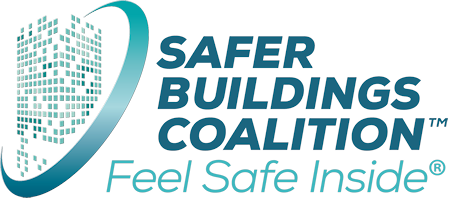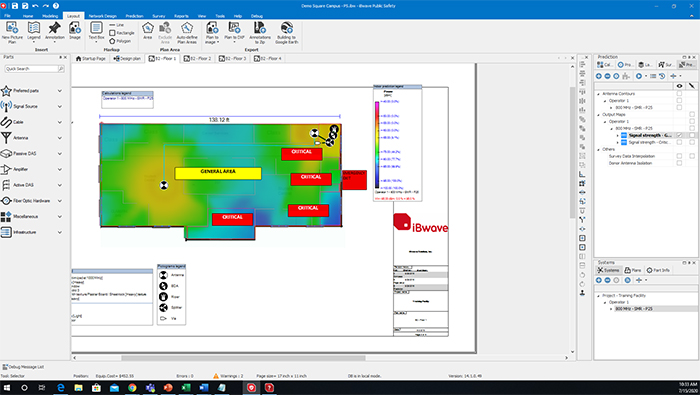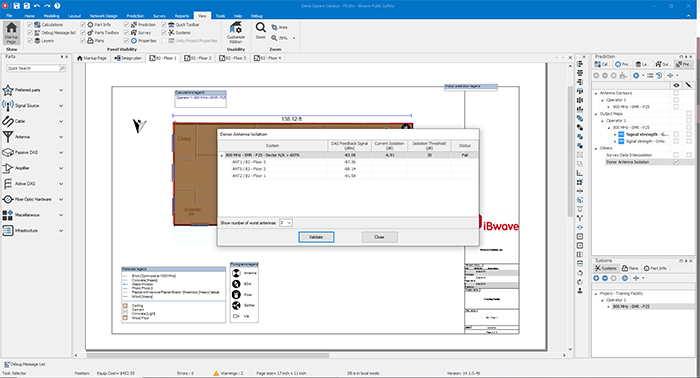Designing Reliable Public Safety Networks
Posted on July 15, 2020
Over the last couple of years, iBwave started to notice an increase in interest in the design of public safety networks, and when you think about why, it’s no surprise. As technology advances and is put in the hands of emergency response teams, the wireless networks those technologies rely on need to advance as well. The sheer amount of data traffic - videos, voice, audio, and otherwise - flowing through the public safety networks these days between first responder teams is significant and requires a very reliable wireless network to ensure communication is never dropped. Because without one, communication is put at risk and so are the lives they are trying to save.
So What does the iBwave Public Safety software do? iBwave Public Safety is a software you can use to design your public safety networks with confidence that they will perform as you need them to once deployed. With the ability to model the building in advanced 3D, place network components and simulate performance, you will get an immediate understanding of how the network will perform and if it will meet specific code requirements. Some of the key features for public safety include the following.
Critical/General Zone Identification
In public safety certain guidelines need to be adhered to - in particular, you need to have -95dBM in 90% of “General” area, and “Critical” areas need to be -95 dBM as well, but 99%. With the new iBwave Public Safety software, you can identify both the “General” and “Critical” zones within your design and set the different compliance requirements for each area.
So, for example, in the below - the “General” area has been defined as well as select “Critical” areas (equipment room, lobby, emergency exit, etc). Once that is done, you can right-click on the area and select “Compliance Area Propertie”' and then set your requirements for each area: General -95 dBm, 95% and Critical -95dBm, 99%. Then when you run your prediction, your compliance in each of the areas will show.
Donor Isolation
A common challenge is feedback because you don't have enough isolation between your donor and serving antennas - the donor antenna often picks up the signal of its own DAS network almost as clearly as the macro signal, which causes a feedback loop and renders the network unusable. A big problem when designing public safety networks.
To know things will work as they need to, guidelines are in place that stipulate you need -20 dB of isolation between donor and server antennas. To help with this, there is a “Donor Isolation” feature which will calculate and show you the isolation dB and whether it meets the criteria of -20.
Public Safety Design 101
Interested in learning more about public safety design? Check out our Public Safety Design 101 webinar that goes over the basics of designing a public safety network and will show you the iBwave Public software in action.
Interested in Learning More?
You can read all about iBwave Public Safety by heading over to our website. From there you can take a look at the datasheet, watch a demo video of it in action, and reach out to our team with any specific questions you may have.
|




